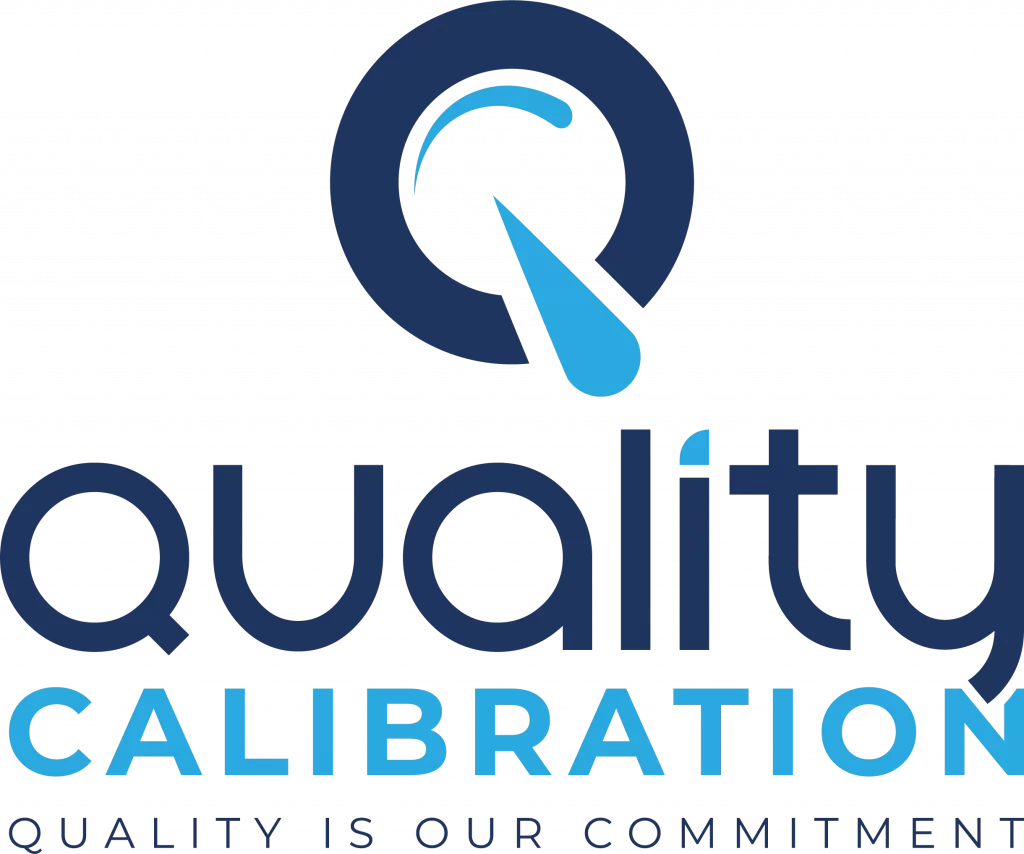Calibration standards and reference materials are essential components in laboratories across various fields, including chemistry, physics, biology, and engineering. They serve as benchmarks against which instruments and measurements are evaluated for accuracy and precision. This in-depth content explores the common calibration standards and reference materials used in laboratories, the importance of these standards, and their applications in different industries.
Calibration Standards: A Fundamental Necessity
Definition of Calibration Standards
Calibration standards are precisely measured quantities used to verify and adjust the accuracy of measuring instruments. They provide a reference against which the performance of instruments can be evaluated, ensuring reliable and consistent measurements.
The Calibration Process
The calibration process involves comparing the readings of an instrument to a known standard and making necessary adjustments to correct any discrepancies. This ensures that the instrument provides accurate and reliable data.
Traceability
Traceability is the ability to trace measurements back to a standard that is recognized worldwide. National and international metrology organizations, like the National Institute of Standards and Technology (NIST) in the United States, play a crucial role in establishing and maintaining traceability standards.
Types of Calibration Standards
Mass and Weight Standards
Precision mass standards, such as calibrated weights, are used to calibrate balances and scales. NIST mass standards, for example, are critical for ensuring accurate weighing in various industries.
Length and Dimensional Standards
Gage blocks, ring gauges, and other dimensional standards are used to calibrate micrometers, calipers, and other length measurement instruments. The National Physical Laboratory (NPL) in the UK is a key institution in this field.
Electrical and Electronic Standards
Voltage, current, and resistance standards are essential for calibrating multimeters and oscilloscopes. NIST’s Electrical Standards Program ensures the accuracy and reliability of electrical measurements.
Temperature Standards
Temperature standards, such as platinum resistance thermometers (PRTs), are used to calibrate thermocouples and ovens. The International Temperature Scale of 1990 (ITS-90) serves as a fundamental temperature reference.
Reference Materials: Precise and Reliable Benchmarks
What Are Reference Materials?
Reference materials are well-characterized substances with known properties. They are used as benchmarks for analytical techniques, ensuring the accuracy and reliability of experimental results.
Common Types of Reference Materials
- Chemical Reference Materials: These include certified standards for chemical analysis, essential for quality control in industries like pharmaceuticals and environmental monitoring.
- Biological Reference Materials: Used in fields such as genomics and proteomics to ensure the accuracy of biological measurements.
- Environmental and Geological Reference Materials: These materials assist in the analysis of soil, water, and air quality, helping to monitor and protect the environment.
Preparing and Certifying Reference Materials
Production and certification of reference materials are highly regulated processes. Accredited reference material providers, such as NIST and the European Reference Materials (ERM) program, ensure the quality and traceability of reference materials.
Importance of Calibration and Reference Standards
Ensuring Measurement Accuracy
Calibration standards enhance instrument accuracy, ensuring that measurements are reliable and precise. This accuracy is critical in research, development, and quality control across numerous industries.
Quality Control and Assurance
Reference materials are vital for quality control, preventing errors, and ensuring consistency in laboratory analysis. They help identify and rectify deviations in measurements, reducing the risk of inaccurate results.
Compliance with Regulations
In various industries, such as healthcare, environmental monitoring, and manufacturing, compliance with stringent regulations is paramount. Calibration standards and reference materials play a significant role in meeting these standards and ensuring product safety and data accuracy.
Applications in Different Industries
Healthcare and Pharmaceuticals
In the healthcare and pharmaceutical industries, calibration standards and reference materials are crucial for drug development, medical device accuracy, and ensuring patient safety.
Environmental Monitoring
Environmental analysis relies on reference materials to ensure the accuracy of data, supporting regulatory compliance and efforts to protect the environment.
Manufacturing and Engineering
Precision engineering in manufacturing demands accurate measurements. Calibration standards play a key role in maintaining product quality and safety.
Research and Development
In the realm of scientific research and development, calibration standards and reference materials advance technology and innovation by providing accurate data for experimentation.
Challenges and Future Developments
Emerging Technologies
Advancements in metrology and standards are continuously shaping the calibration field, improving accuracy and reliability in measurements. Emerging technologies, such as quantum standards, promise to revolutionize the industry.
Addressing Global Calibration Challenges
Global cooperation and standardization efforts are essential to address calibration challenges, especially in a world of interconnected supply chains and international regulations.
Sustainable Practices
In response to environmental concerns, there is a growing focus on reducing the environmental impact of producing reference materials and calibration standards. Sustainable practices are being adopted to minimize waste and energy consumption.
Bottom Line
Calibration standards and reference materials are indispensable tools in laboratories, ensuring the accuracy and reliability of measurements across various scientific and industrial disciplines. They underpin quality control, regulatory compliance, and the advancement of knowledge and technology. As technology evolves and global challenges emerge, the field of metrology and the use of these standards and materials continue to evolve, making them a critical aspect of modern science and industry.

Md. Hasan Ibrahim is a Technical Manager at Quality Calibration with extensive experience in the calibration sector since 2015. Holding a Bachelor of Science degree in Mechanical Engineering from Khulna University of Engineering & Technology (KUET), he has received training from various national and international organizations including CSIR-CMERI, QSI, BAB, NML-BSTI, memmert, and X-rite. With expertise in ISO/IEC 17025 assessment, method validation, metrological traceability, and uncertainty, he has successfully completed numerous calibration projects across diverse industries such as pharmaceuticals, food & beverage, oil & gas, textiles & garments, power plants, batteries, chemicals, hospitals & healthcare, and private universities.


